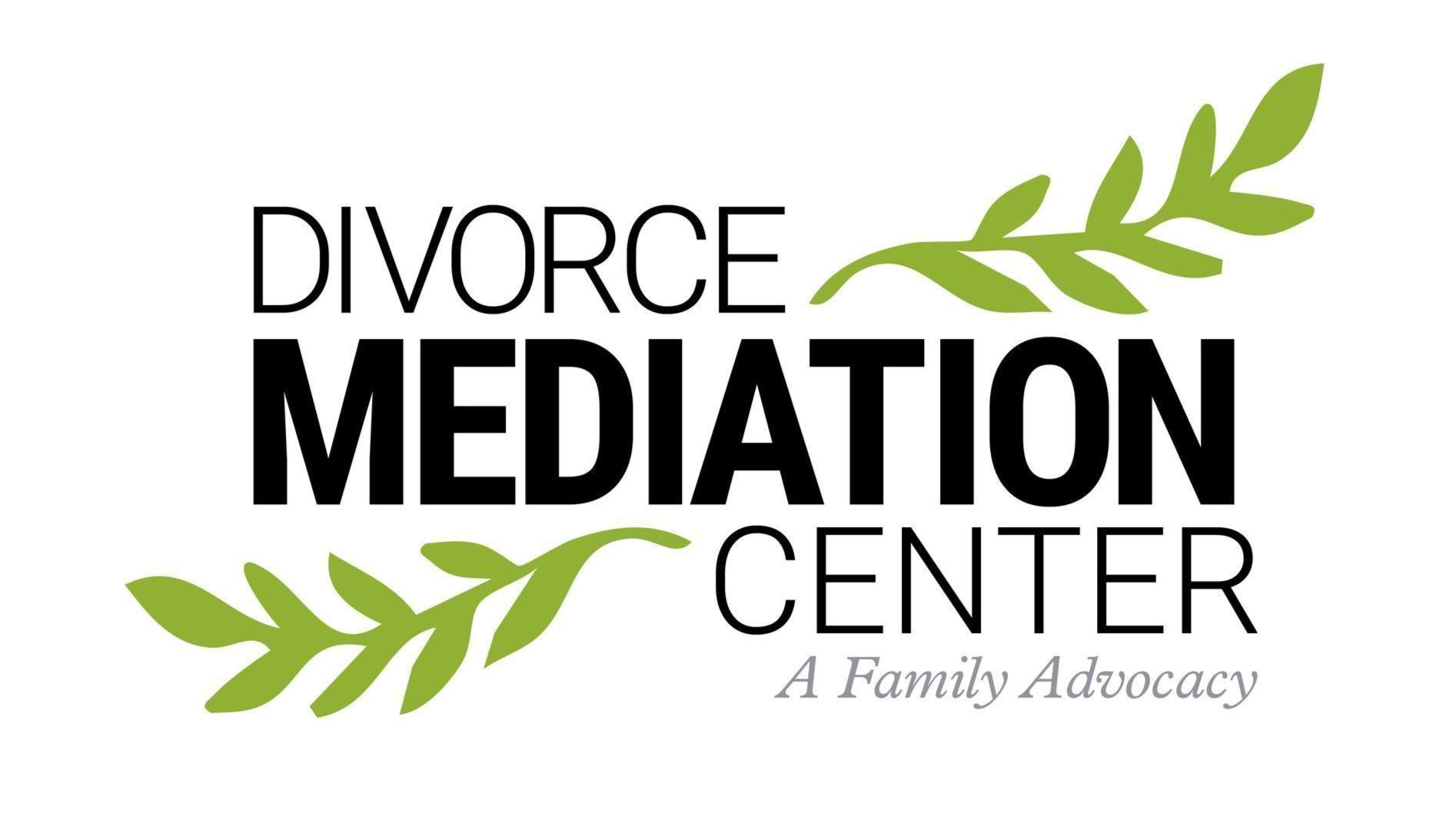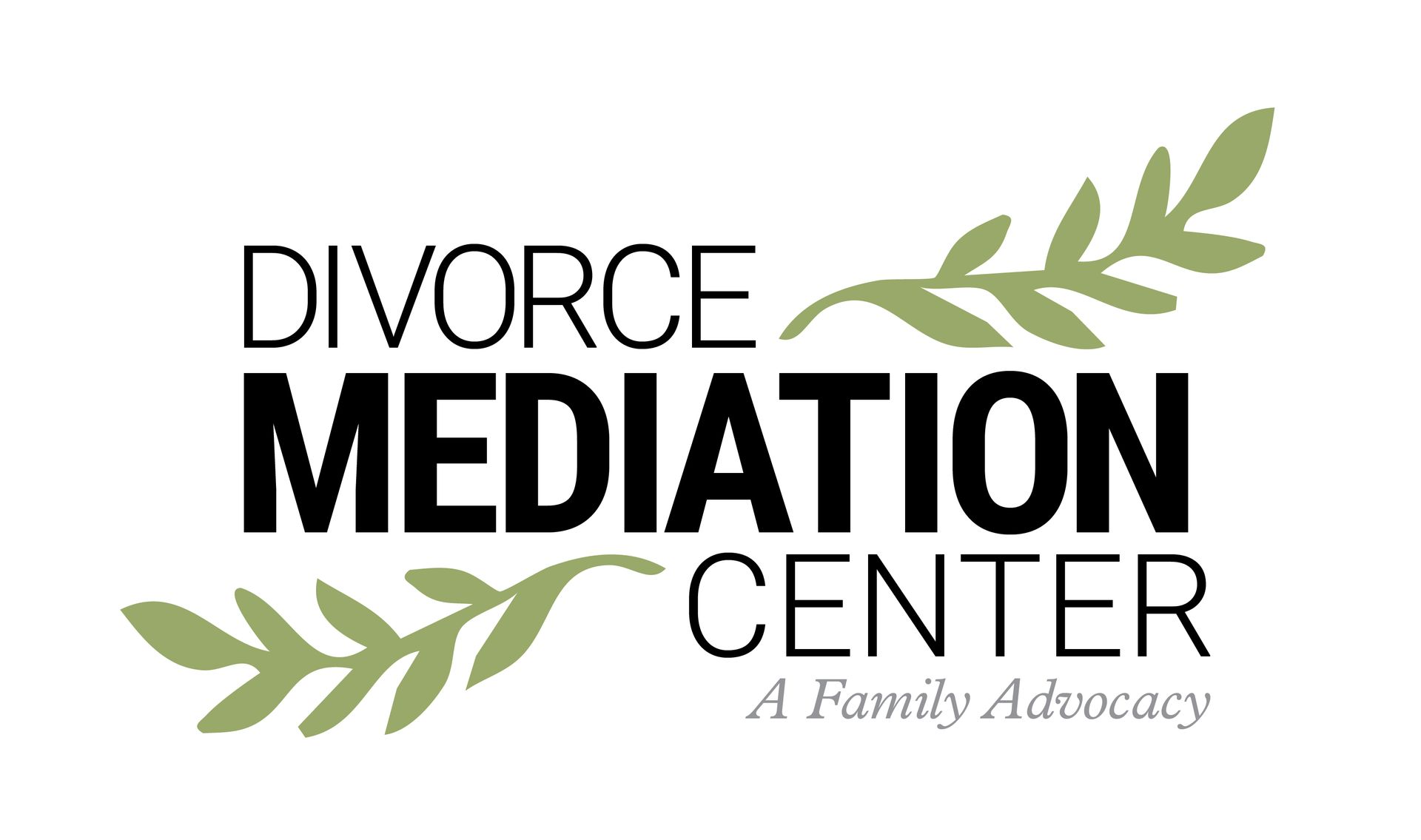Physical Abuse in Divorce-Part 3
In our previous posts we have spoken on the topic of abuse in divorce, meaning abusive tactics of divorcing couples and have covered financial and verbal abuse tactics, today in part 3 we discuss physical abuse tactics in divorce as a strategy to control the litigated divorce settlement outcome.
Physical Abuse includes:
- A spouse threatens the safety of a spouse and/or children
- Assaults the spouse or stages an altercation then calls police and has spouse arrested
- Physically compromises the physical safety of a spouse (preventing them from leaving a physically threatening situation, withholds car keys, etc.)
How to respond to physical abuse:
- Be aware of the potential of manipulated staged altercations (Hanging On By My Fingernails-Surviving the New Divorce Gamesmanship and How a Scratch Can Land You in Jail-by Janie McQueen explores this trend in unethical legal strategies)
- Seek treatment immediately at a hospital or doctor’s office where records can be established and get copies of these records post event for evidence in court
- Document wounds and bruises with eye witnesses and photographs
- Seek a Temporary Protective Order if physical violence has occurred
- Have no physical appearances together with the abusive spouse outside of required court appearances with minimal contact when possible
As discussed in part 1 of this series, the longer the family lingers in the divorce court process the greater the potential for family conflict to escalate to these levels of physical violence if the family already has a history of domestic violence. If at all possible, mediating a settlement agreement early on can substantially reduce the risk for these levels of abuse to occur. There are very specific safety measures a professional mediator can take that ensures the safety of both spouses in a DV family situation.
More information on this topic in our new book Family Divorce Therapy 101-A Clinician’s Guide to Best Practices for Treating Families Pre/During/Post Divorce (Amazon)
this divorce book is for counselors and coaches who have clients who are considering divorce
More divorce support, advice and tips in Transitions Divorce® Prep Workbook
Disclosure of Material Connection: I have not received any compensation for writing this post. I am disclosing this in accordance with the Federal Trade Commission’s 16 CFR. Part 255: “Guides Concerning the Use of endorsements and Testimonials in Advertising.”
Disclaimer: This is my personal blog. The opinions I express here do not necessarily represent those of my organization, Transitions Resource, LLC. The information I provide is on an as-is basis. I make no representations as to accuracy, completeness, suitability, or validity of any information on this blog and will not be liable for any errors, omissions, or delays in this information or any losses, injuries, or damages arising from its use.




